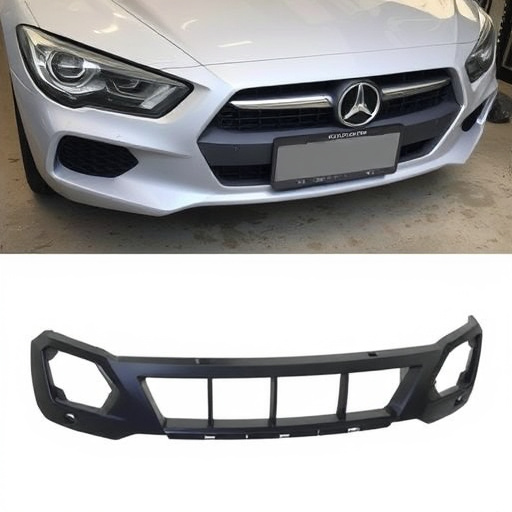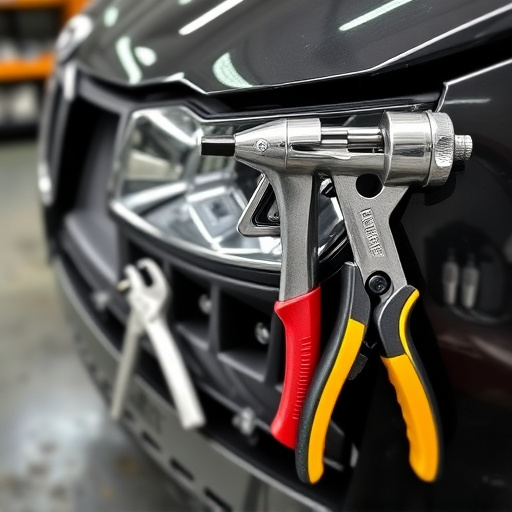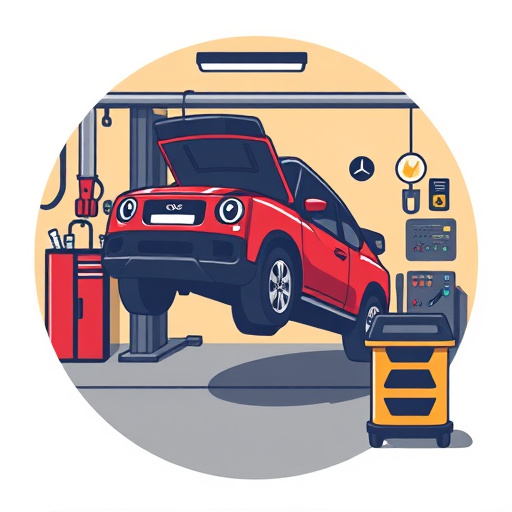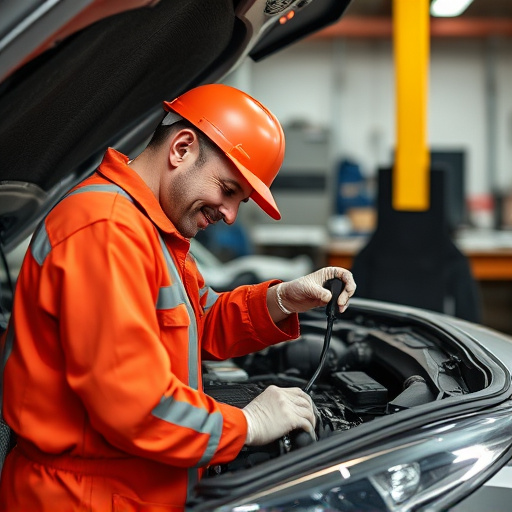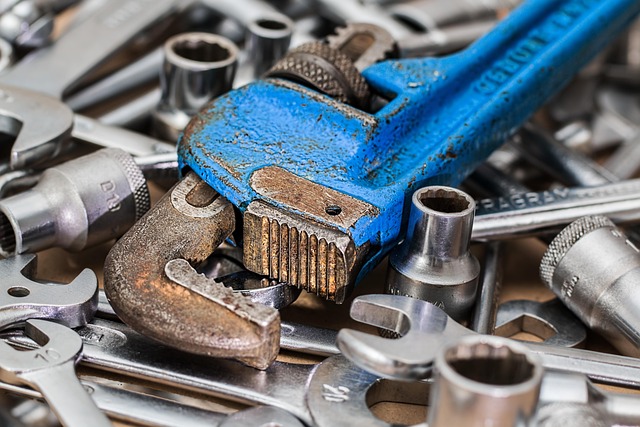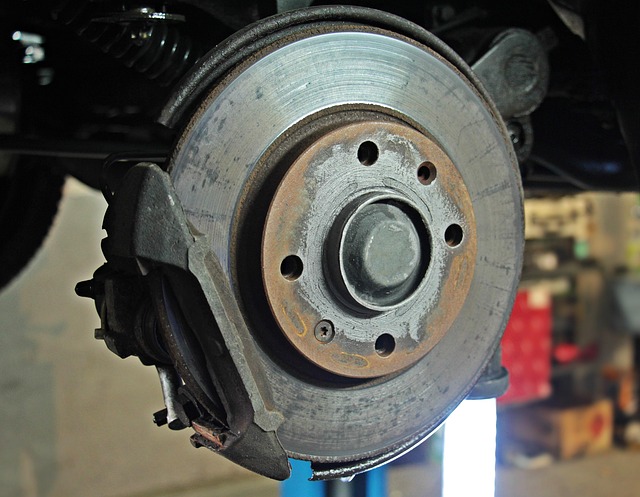Environmental fees are integral to auto body repair pricing, covering disposal and recycling of hazardous materials, ensuring compliance with regulations, and promoting sustainability. Pricing varies based on damage extent, complexity, environmental compliance, and labor costs. Auto body repair shops adopt transparent models, integrating eco-friendly practices into standard pricing to build trust with environmentally conscious customers.
In today’s eco-conscious world, understanding the environmental impact of auto body repair is crucial. This article delves into the rising costs associated with eco-friendly practices in the industry, commonly known as environmental fees. We explore factors influencing these prices and emphasize the importance of transparent pricing strategies. By analyzing various costs, from materials to regulations, we aim to guide consumers and businesses on navigating auto body repair pricing while prioritizing sustainability.
- Understanding Environmental Fees in Auto Body Repair
- Factors Influencing Auto Body Repair Pricing
- Transparent Pricing Strategies for Environmental Concerns
Understanding Environmental Fees in Auto Body Repair

In the realm of auto body repair pricing, Environmental Fees play a crucial role in understanding the overall cost of automotive repair services. These fees are designed to cover the disposal and recycling of hazardous materials commonly found in vehicles, such as certain types of fluids and components. By incorporating these costs into the pricing structure, collision repair centers ensure compliance with environmental regulations and promote sustainability practices.
When assessing auto body repair pricing, it’s essential to consider how these Environmental Fees are calculated and included. Hail damage repair, for instance, often requires specialized processes to remove dents and restore the vehicle’s original condition while minimizing environmental impact. Similarly, collision repair centers must handle and dispose of toxic substances responsibly, reflecting these efforts in their pricing models. Understanding these dynamics allows consumers to make informed decisions, appreciating the complexity and commitment to eco-friendly practices within the auto body repair industry.
Factors Influencing Auto Body Repair Pricing

The cost of auto body repair pricing can vary widely depending on several factors. One of the primary considerations is the extent of the damage to the vehicle. Major collision repair or extensive vehicle dent repair will, naturally, command a higher price tag than simple touch-ups or minor paint repairs. The complexity of the work required and the need for specialized parts significantly influence the overall cost.
Another crucial element affecting auto body repair pricing is environmental compliance. With strict regulations in place to minimize environmental impact, many repair shops include fees for proper disposal of old paints, solvents, and other materials, as well as for recycling certain components. These environmental fees are essential to ensure responsible practices that protect our planet. Additionally, labor costs vary based on location, the reputation of the shop, and the skill level of the technicians involved in vehicle paint repair and collision repair processes.
Transparent Pricing Strategies for Environmental Concerns
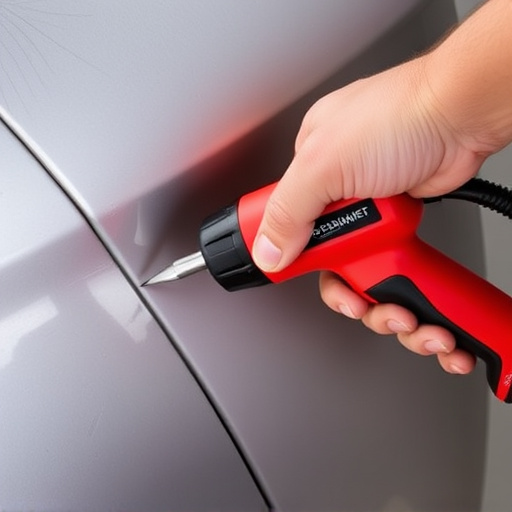
In today’s environmentally conscious world, auto body repair shops are increasingly adopting transparent pricing strategies that account for environmental concerns. This shift is driven by both consumer demand and regulatory pressures. When a customer brings their vehicle in for autobody repairs or automotive restoration, they expect to know exactly what they’re paying for, including any fees related to eco-friendly materials, proper disposal methods, and sustainable practices.
Shops that offer clear and detailed auto body repair pricing information build trust with their clients. They demonstrate a commitment not only to quality workmanship but also to minimizing the environmental impact of their operations. By integrating these fees into standard pricing models, customers can make informed choices, knowing they’re supporting businesses that prioritize both excellence in auto repair services and sustainable business practices.
In conclusion, understanding and integrating environmental fees into auto body repair pricing is a responsible and transparent approach that reflects the ecological impact of vehicle restoration. By considering factors like recycling materials, energy consumption, and eco-friendly practices, repair shops can offer competitive yet sustainable pricing strategies. This not only benefits businesses but also encourages environmentally conscious consumers to make informed choices. Adopt these transparent pricing models to contribute to a greener auto industry.
